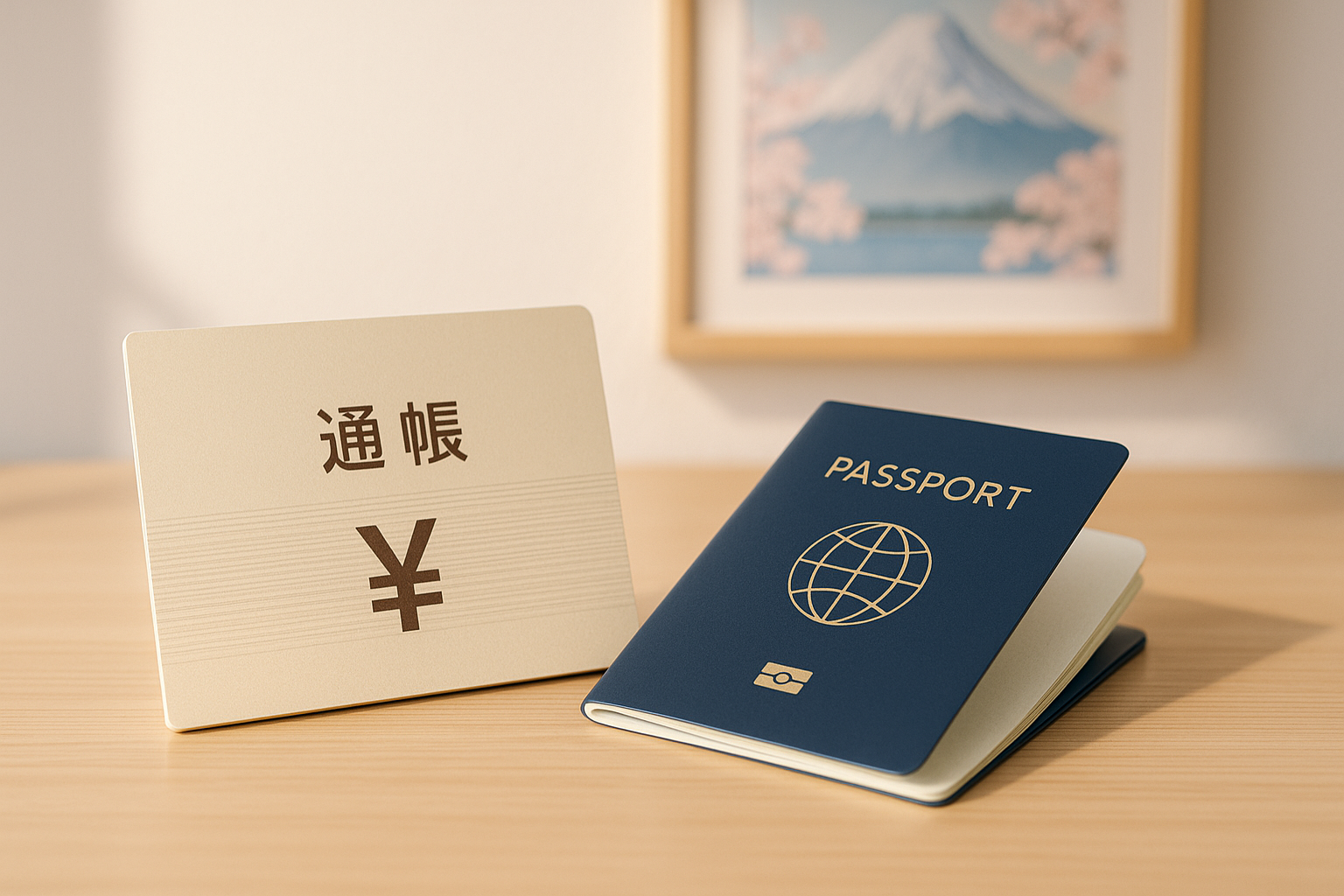Introduction
Under Japan’s Foreign Exchange and Foreign Trade Act (FEFTA), an individual is treated as a resident once they work at an office in Japan or have stayed for 6 months or more. Before that point, you are a non-resident—even if you hold a Residence Card—and banks apply different rules.
If you are classified as a non-resident, you generally cannot open a standard bank account. Instead, banks may offer a Non-Resident Yen Deposit Account (非居住者円預金) with specific restrictions on services and transfers.
Key Restrictions: How it differs from a normal account
A Non-Resident Yen Deposit Account is not the same as a regular account. It comes with limitations that can affect everyday use:
- Cards & channels: Some banks do not issue cash cards for this product; internet banking and debit/credit issuance may also be unavailable.
- Transfers: Even if it’s a domestic transfer, banks may treat it as a foreign-exchange remittance, which means higher fees and stricter checks.
- Utility bills: Automatic debits for utilities or rent may not be available, or may be limited to certain major companies.
💡 Tip: Exact restrictions differ by bank. Always confirm the details before applying.
Who qualifies as “non-resident”?
Under FEFTA practice and statistics guidance, foreign nationals are non-residents until they (a) work at an office in Japan or (b) have stayed for 6+ months. Japanese nationals can also be non-residents when living abroad; FEFTA status follows where you live/work, not nationality.
💡 In practice, banks may interpret FEFTA residency differently, so always confirm with your bank.
Where can you open one? (examples)
Below are examples of banks that publish information about non-resident yen deposit handling. Availability and eligibility can vary by branch and status.
- Resona Bank – Product outline (JP) for 非居住者円預金 with detailed restrictions (no cash card, domestic transfers treated as FX remittances).
👉 Official product outline (JP) - Tokyo Star Bank – “Yen ordinary deposit accounts (for non-residents of Japan)” describe use for living expenses during your stay.
👉 Product page (EN/JP) - Japan Post Bank – Explains status change: once you become a FEFTA resident (e.g., after 6 months), account settings are updated and then ATM transfers become available.
👉 Notice on status change (JP) - Megabanks (general note): Information for non-residents varies; one major bank notes non-residents are subject to restrictions (internet banking, cards, etc.). Always confirm branch-level policy.
💡 Note: These examples are for reference only. Each bank may update or change its policy without notice, so always confirm the latest conditions directly with the bank before applying.
What to Bring (Checklist)
Required (varies by bank):
- Passport
- Proof of status (e.g., Residence Card (在留カード) if you have one)
- Address information (your overseas address; and your current Japanese address if applicable, e.g., Resident Record)
If requested:
- My Number (マイナンバー) (some banks collect it)
- Contact phone/e-mail in Japan
- Hanko (判子) / Inkan (印鑑) — personal seal. Basically, there is no difference; both words refer to the same thing. Some banks accept a signature instead.
💡 Tip: Banks will verify your FEFTA status (resident vs non-resident). If/when your status changes (e.g., you pass 6 months), notify the bank to update your account settings.
Step-by-Step at the Counter
- Take a number and say: 「非居住者円預金の口座を開設したいです」 / “I’d like to open a Non-Resident Yen Deposit account.”
- Fill in the form (name as per passport/Residence Card, addresses, contact, purpose of account).
- Submit documents (passport, Residence Card if any, proof of address).
- Confirm limitations (cards, internet banking, transfers, auto-debits, fees).
- Receive passbook/notice (issuance methods vary; some services may be unavailable for non-residents).
Common Mistakes (to Avoid)
- Expecting a normal account → This is a restricted product, not a standard bank account.
- Not checking transfer rules → Even domestic transfers may be treated as FX remittances, which means higher fees.
- Forgetting to update FEFTA status → After 6 months in Japan, you may become a FEFTA resident. Tell your bank so they can update your account and unlock standard functions.
After Opening: What will you do?
- Use it for deposits/withdrawals during your initial stay. (Functionality varies by bank.)
- Plan your switch: Once you pass 6 months (or start working at a Japanese office), update your FEFTA status with the bank; you can then move to resident settings or open a regular account.
- Keep documents ready for any remittance checks (purpose of transfer, invoices, etc.), as banks verify transactions under FEFTA compliance.
Conclusion
If you’re in Japan less than 6 months or otherwise classified as a non-resident, the Non-Resident Yen Deposit Account is a temporary solution with important restrictions. Understand the FEFTA-based rules, confirm each bank’s product conditions, and switch to resident status as soon as you’re eligible to access normal banking functions.
Note: This article is written for foreigners living in Japan or planning to move to Japan. Conditions and requirements may vary depending on individual circumstances.




